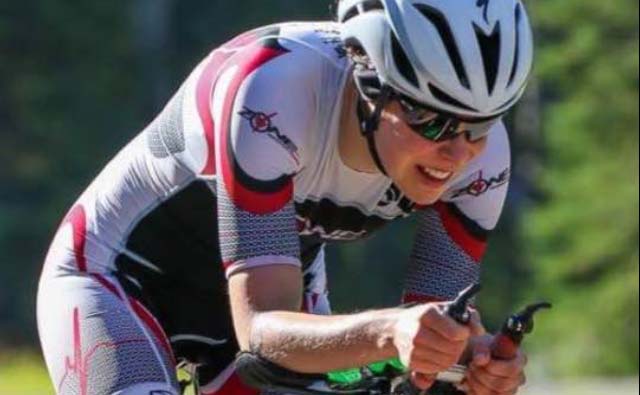Physical activity and sport has always played a major role in my life, which is the reason I ended up in the profession of physiotherapy. My career and training have many similarities and I am constantly using my knowledge and experience as physiotherapist to assist my training and vice versa. Two of the most valuable lectures while I was attaining my Masters of Physical Therapy were on the topics of the adapt principle (stress + rest =adapt principle) and factors tissue healing. Both these topics have a significant amount of carry over to training and triathlon.
The principle of adaptation refers to the process of the body getting accustomed to a particular exercise or training program through repeated exposure. Training (stress) breaks our tissues down and we require rest (a variety of variables including sleep and nutrition) to rebuild the tissues and make them stronger than before (adapt). As many of us are type A athletes we do a very good job of focusing on the training variable of the equation but where we often fall short is the rest variable of the equation which can lead to injury and disappointing race results.

Factors of tissue healing consist of: age, disease or co-morbidities, medications, sleep which affects the variable rest and nutrition. While treating patients whether they are rehabbing from a knee replacement, stroke, or shoulder injury I can see these factors influencing their outcomes, but these factors also affect recovery from training and racing. As we age our body’s tissue repair processes slow and need more time than when we are younger. When our bodies fight infection or virus its ability to repair tissue that has broken down during training is greatly reduced. Conditions such as asthma, allergies, or diabetes need to be well managed to allow for the occurrence of optimum tissue healing. As you sleep your body works to repair and restore itself. Our bodies go into specific metabolic processes that facilitate tissue healing including the release of hormones that encourage tissue growth. It has been well studied that many people with chronic pain have very poor sleep, poor sleep will not allow for efficient tissue healing. Finally, we need to have the right combination of nutrients, vitamins, and mineral at the right time for tissue healing to occur.
Fortunately, nutrition is one of the factors of tissue healing that we have the most control over. With our busy lifestyles, fitting in work, family, and training, nutrition often gets neglected or is not a priority. F2C products can greatly benefit athletes to get their  required nutrition quickly and conveniently. PharmaGreens in addition to helping with alkalinity, aids in meeting the increased requirements of vitamins and minerals found in fruits and veggies that athletes need. It’s also much more convenient to drink a PharmaGreens shake then eat a salad or fruit when your busy trying to get to work after your early morning training session. The Endurance line of F2C products assist with fueling before and during workouts which is key for performance during the training session and to reduce the amount of tissue breakdown that occurs during a session. Under fueling training sessions can lead to fatigue which can further lead to form breakdown and injury.
required nutrition quickly and conveniently. PharmaGreens in addition to helping with alkalinity, aids in meeting the increased requirements of vitamins and minerals found in fruits and veggies that athletes need. It’s also much more convenient to drink a PharmaGreens shake then eat a salad or fruit when your busy trying to get to work after your early morning training session. The Endurance line of F2C products assist with fueling before and during workouts which is key for performance during the training session and to reduce the amount of tissue breakdown that occurs during a session. Under fueling training sessions can lead to fatigue which can further lead to form breakdown and injury.
Lastly, the Recovery line of F2C products assists with the increased demand for protein required by endurance athletes. Protein is especially important for tissue healing as amino acids are the building blocks for our body’s cells, utilizing F2C Rehab 3:1, PharmaPure, VeganPure or WheyPure are all excellent options for recovery. Optimizing all the factors in tissue healing leads to improved training and race results and a decrease in injuries which is why it is important to incorporate them in your training program.
 If you have any further questions about the topics in this blog Christina can be reached at cmc062@mail.usask.ca, through Facebook, or Instagram at christina_c91. My favourite post-swim breakfast is oatmeal with a scoop of chocolate Whey-Pure Energy topped up with Greek vanilla yogurt and a banana.
If you have any further questions about the topics in this blog Christina can be reached at cmc062@mail.usask.ca, through Facebook, or Instagram at christina_c91. My favourite post-swim breakfast is oatmeal with a scoop of chocolate Whey-Pure Energy topped up with Greek vanilla yogurt and a banana.

